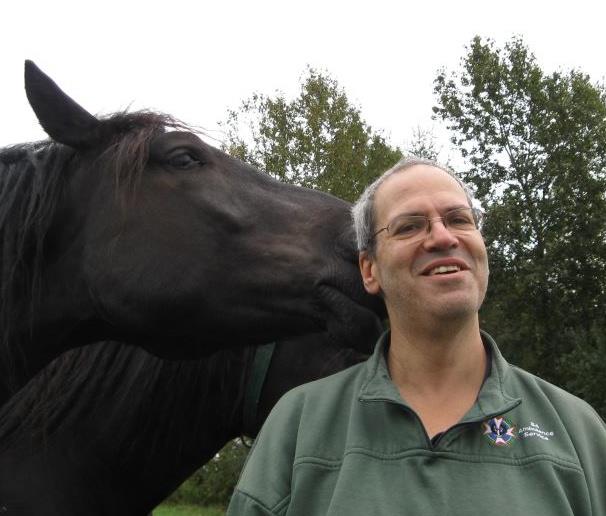by Hal Newman
Natasha Richardson died yesterday. She succumbed to injuries suffered on a beginner’s trail at the Mont tremblant ski resort. She was 45-years-old.
Some folks have suggested that a neurosurgeon and an MRI within two hours of injury might have made a difference.
Sacre Coeur Hospital is a long haul [about 80 km – 36 miles] from the Ste-Agathe Hospital where Ms. Richardson was initially transported – that’s a very long ride in an ambulance.
I cannot help but wonder if the outcome might have been different if the accident had occurred in a jurisdiction with advanced care paramedics and an integrated helicopter medevac system that would have ensured rapid transfer to a tertiary care facility.
And that lingering doubt shows no sign of fading, especially in light of the news this morning that the first ambulance crew called to the scene left without ever even seeing Ms. Richardson.
Interestingly, when there are NASCAR or Formula One races in Montreal, there are medevac helicopters on standby to transport injured drivers from the track to one of the two major trauma centers that serve Montreal.
Sadly, that’s not the case for the rest of the year and for the rest of the people.
So, while there are Advanced Life Support paramedics based on ambulances, firetrucks, and helicopters everywhere else in the G8 – here in Quebec, the powers-that-be have decided ALS paramedics are just not necessary for the chain of survival.
That’s your chain of survival, folks. To quote Jim Duff, “It’s the system that begins with a 911 call and ends when the hospital moves you out of intensive care — or to the morgue.”
In Quebec, we don’t have Advanced Life Support paramedics because, despite the embrace of all things secular, when it comes to our provincial Emergency Medical Services [EMS] system we have placed our faith in God – and the skills of the resurrection specialists working in our hospitals’ ERs.
If God is smiling down upon you, you just might survive the ride in the ambulance that delivers you into the hands of his emissaries in the ER.
With one of your feet already firmly planted in death’s door, the nurses and physicians of the ER will do their darndest to successfully pull you back towards the light. And once you’re confirmed to be back among the ranks of the living, there will be high-fives all around in the crash room as yet another soul has been saved.
And if you die, well, you died because you were destined to do so despite the best efforts of the team waiting in the Emergency Department.
You just cannot have an effective Advanced Life Support Emergency Medical Services [EMS] system in a society that has bought a lifetime prescription to the notion of supporting a monopoly on who should save lives.
In Quebec, physicians save lives. Ambulance technicians [primary care paramedics] deliver patients to the physicians.
Perhaps one day soon we will begin placing our faith in the people who have the wisdom, experience and courage to work the frontlines of emergency medical services instead of having them continue to serve as the pick-up and delivery service for the ERs.
In the meantime, you can try praying for a miracle.
There should never be a monopoly on saving lives or helping people in an extraordinarily difficult moment of their lives.



